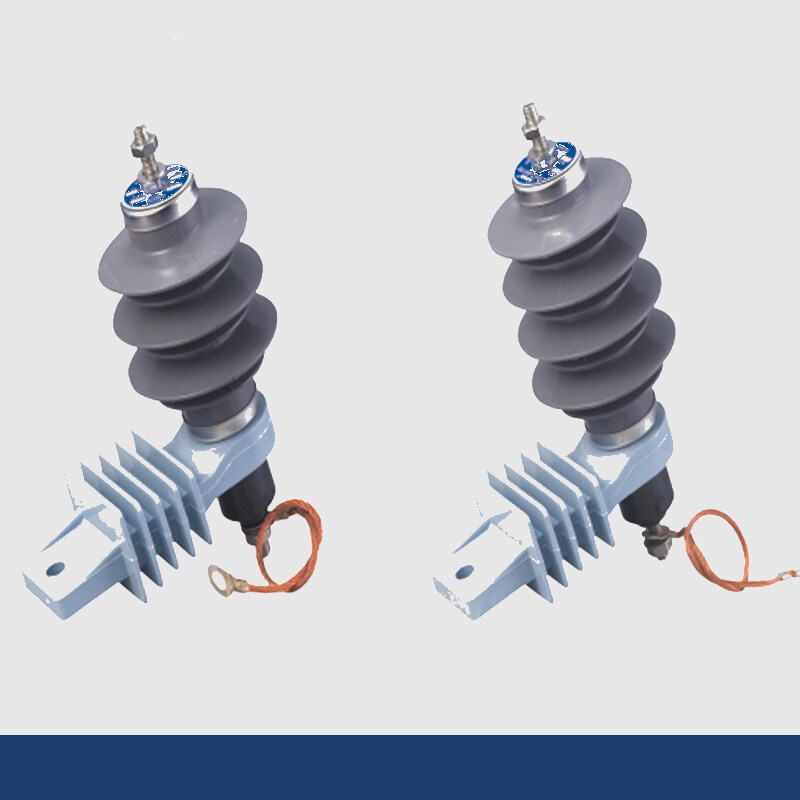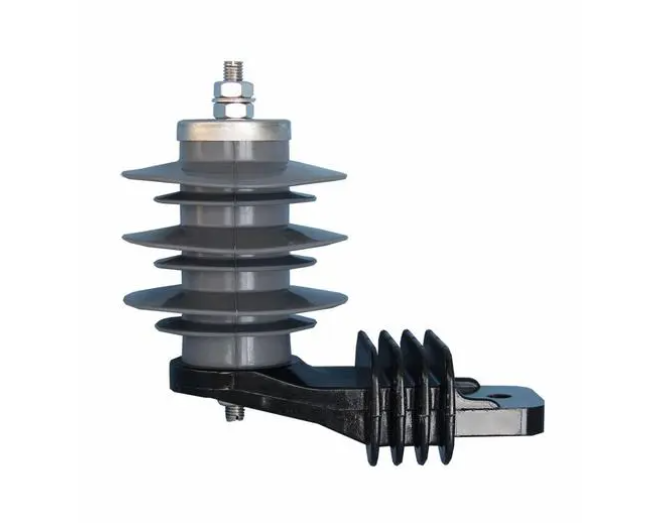Email format error
Email cannot be empty
Email already exists
6-20 characters(letters plus numbers only)
The password is inconsistent
Email format error
Email cannot be empty
Email does not exist
6-20 characters(letters plus numbers only)
The password is inconsistent

News Center

What Is a Polymer Fuse
Commonly known as a fuse or fuse, a fuse is a non-recoverable fuse that can only be replaced with a new fuse after it has blown. It is indicated by "F" or "FU" in the circuit.
The structural characteristics of the ordinary fuse

Ordinary fuse is usually composed of glass tube, metal cap and fuse. Two metal caps set in the glass tube ends, the fuse (made of low melting point metal materials) installed in the glass tube, its two ends were welded in the center of the two metal caps on the hole. When using the fuse into the fuse holder, in series with the circuit can be.
Most of the fuses are linear fuses, only the delayed fuses used in color TVs and computer monitors are spiral fuses.
The main parameters of the ordinary fuse
The main parameters of ordinary fuses are rated current, rated voltage, ambient temperature and response speed. The rated current, also known as the breaking capacity, refers to the current value that the fuse can fuse at the rated voltage. The normal working current of the fuse is 30% below the rated current. Domestic fuse rated current value is usually marked directly on the metal cap, the imported fuse is marked with a color ring on the glass tube.
Rated voltage refers to the most adjustable voltage of the fuse, which is divided into four specifications of 32V, 125V, 250V and 600V. The actual working voltage of the fuse should be lower or equal to the rated voltage value. If the working voltage value of the fuse exceeds the rated voltage value, it will quickly fuse.
The experiment of the current carrying capacity of the fuse is carried out under the ambient temperature condition of 25℃. The service life of the fuse is inversely proportional to the working ambient temperature. The higher the ambient temperature, the higher the working temperature of the fuse, and the shorter its life.
Reaction speed refers to the rapidity of the fuse to respond to various electrical loads. Fuse according to the response speed and performance can be divided into normal response type, delayed disconnect type, fast action type and current limit type.
